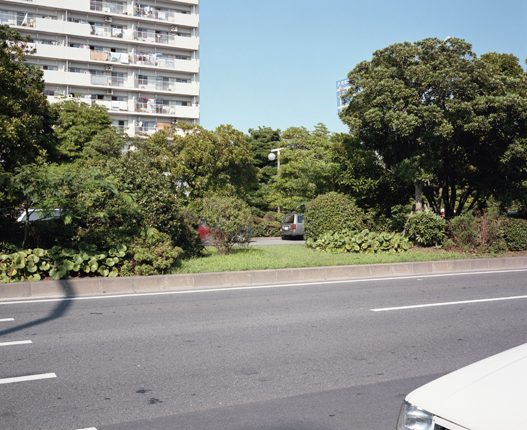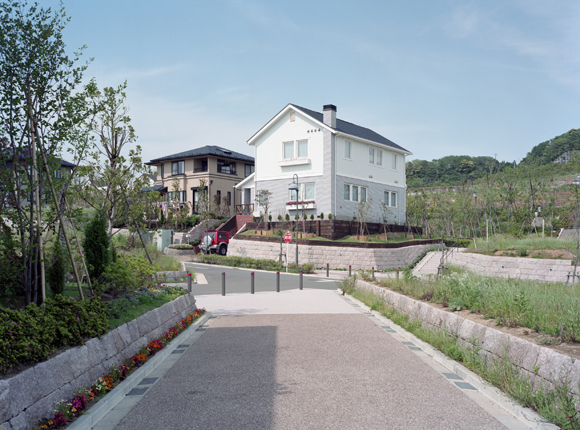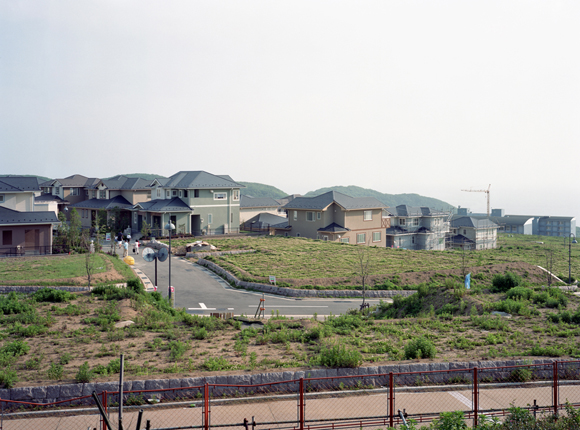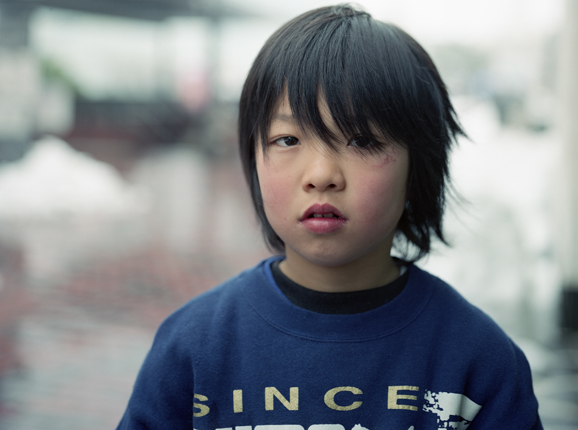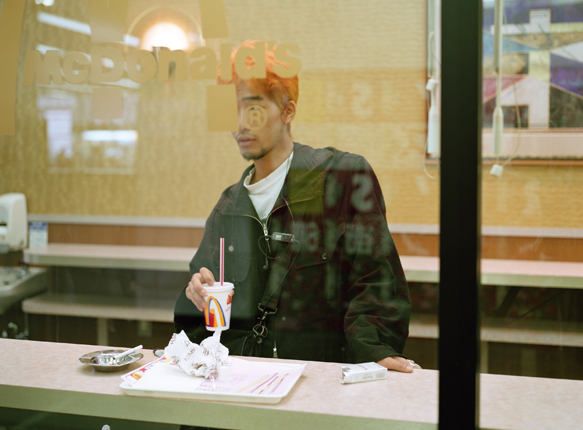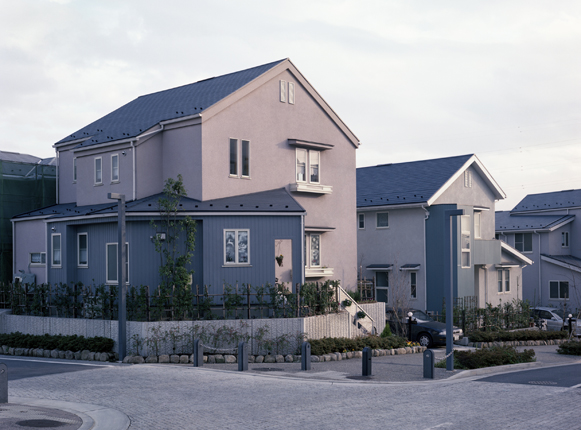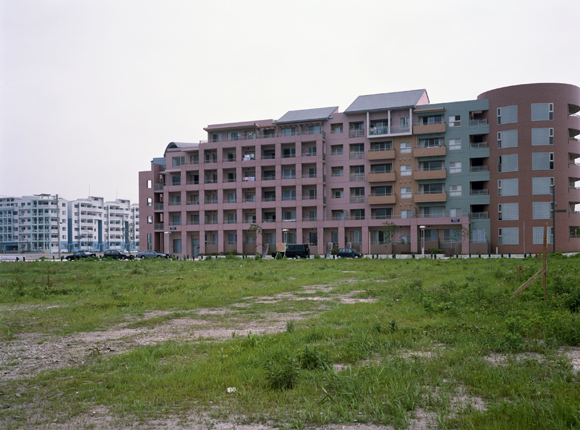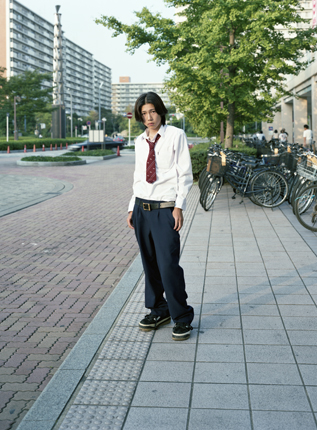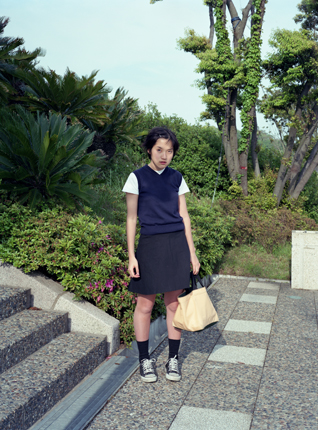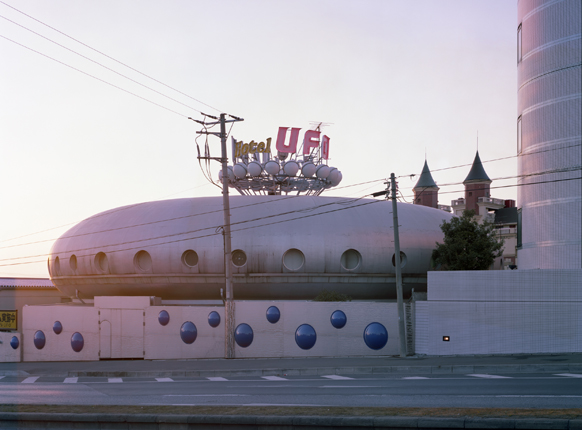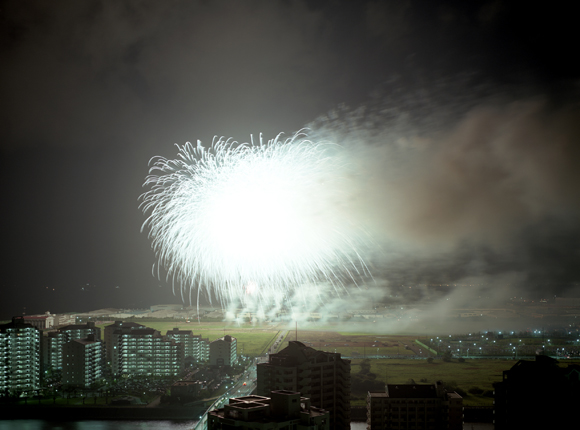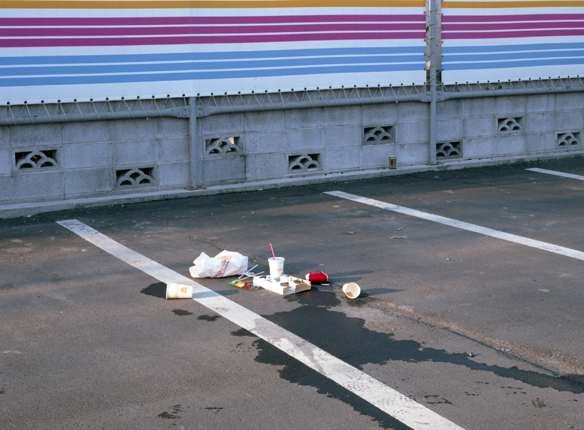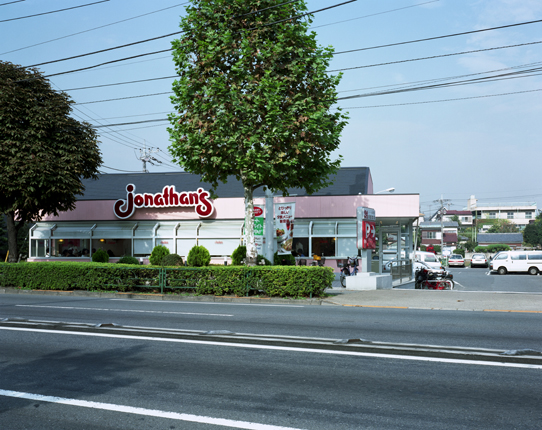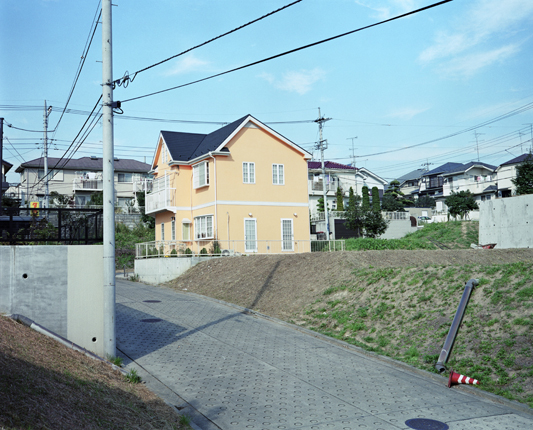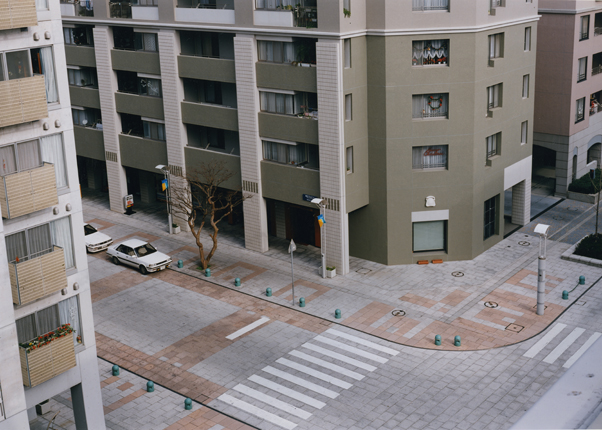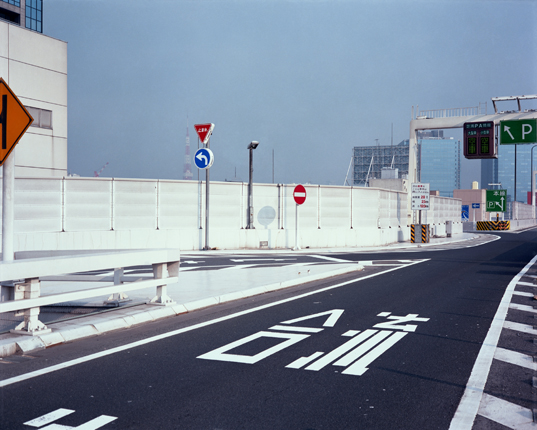Tokyo is for most of us an imaginary city, concentrating a good part of our preconceptions about contemporary Japan.
What we learn from Takashi Homma photographs is somehow in contradiction with our expectations: at a first sight, they narrow the cultural and geographical distance that is one of the clichés with which we approach Japan, facing well rooted documentary traditions such as the one of the New Topographics or, here in Italy, the unfamiliar of Italian domestic suburbs depicted from Viaggio in Italia on.
His personal view is clearly detached from the black and white visions of a dense sometimes confused megalopolis we are used to. With often delicate colors, and a discreet approach to the portraits and curiosity for the surrounding, his pictures work like personal remarks on the globalized phenomenon of urban sprawling.
We might read a critical approach to the westernization of Japan, but doing so we have to clearly separate our thoughts from the original intention of the author, probably interested only in depicting the environment around him neither with judgment nor with any pretention of objectiveness, but as if it was a walk into a city where changes are very fast. So much that is difficult to get oriented, and not only from a geographical point of view. Distances are not fixed as they seem.
Even after years, this great classic of Japanese photography, Tokyo Suburbia, has the capacity to surprise us: yes, Tokyo seems behind the corner, somewhere on the outskirts of the West, but still this corner shows itself far to turn.

